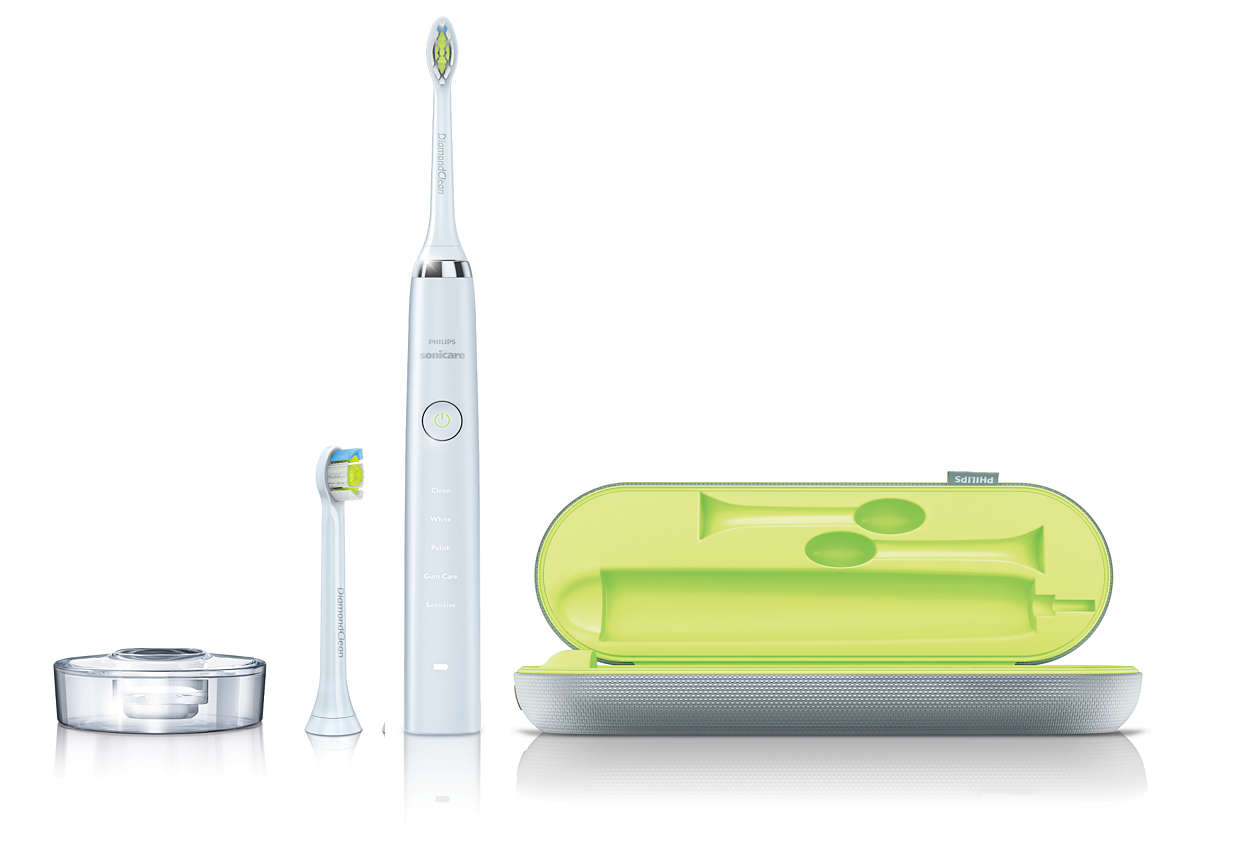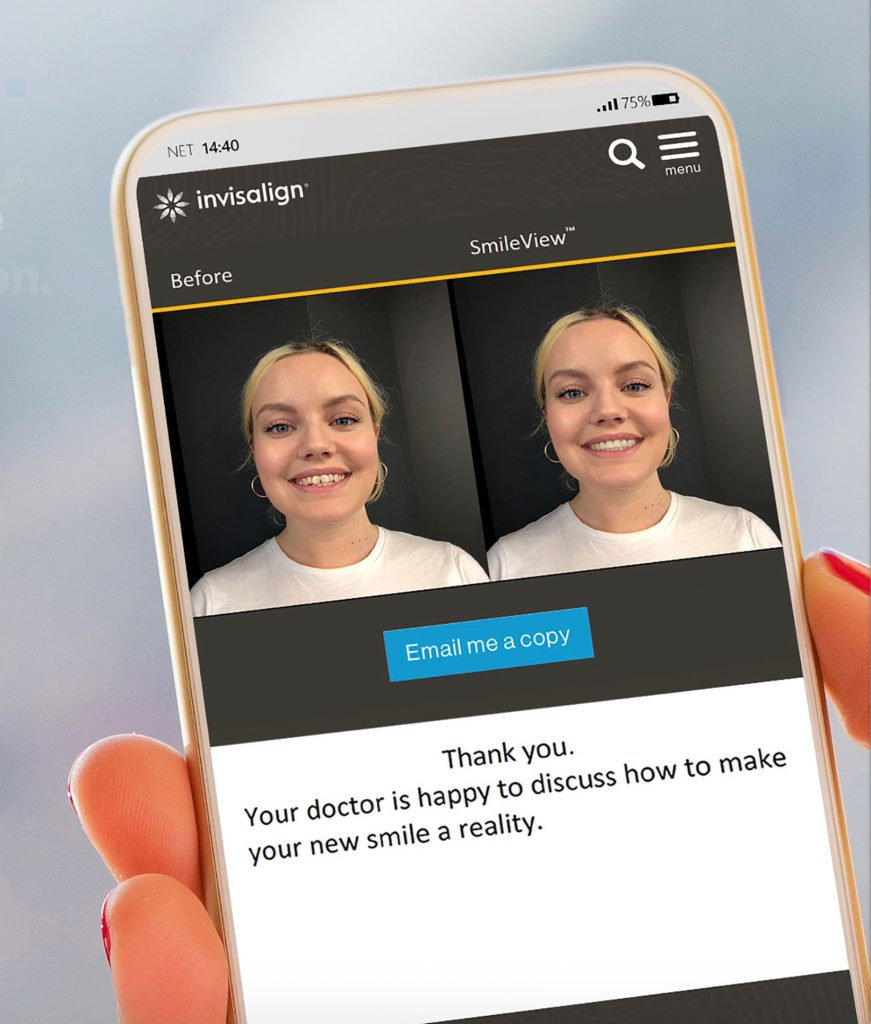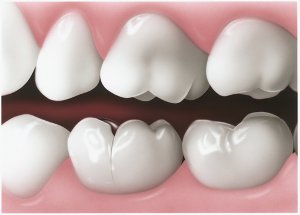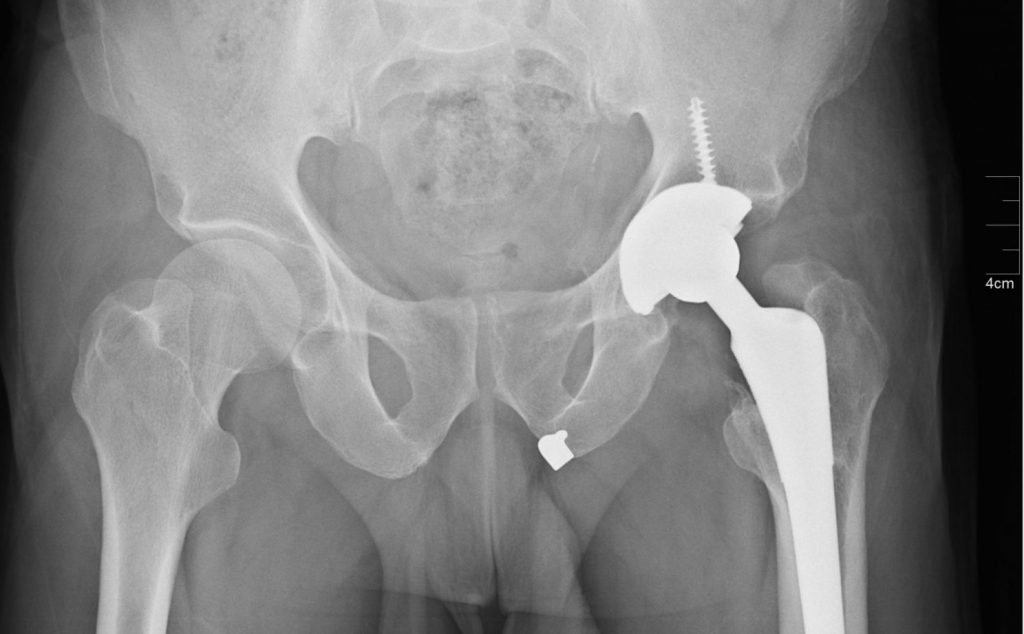
Electric toothbrushes keep your teeth and gums cleaner and healthier.
Research shows that electric toothbrushes remove more plaque, up to 10x more, than a manual toothbrush—thereby reducing your risk of tooth decay and gum disease.
Features you want in an electric toothbrush
- Brushing action—at least 31,000 brushstrokes per minute to effectively remove plaque.
- 2-minute timer to help you brush for the appropriate amount of time. Even better is the timer that alerts you every 30 seconds so you brush all quadrants of your mouth equally, also known as the quadpacer in some brands.
- At least two brush modes—one regular and one that is more gentle or labeled for “sensitive” teeth. Since tooth sensitivity is so common, having a gentler option is a big plus.
- Replaceable brush heads—most electric toothbrushes will have replaceable brush heads that you should replace every 3 months. Some brushes do not have a replaceable head, so then you have to replace the entire brush.
- Rechargeable battery rather than operated by, for example, removable AA batteries—rechargeable brushes have a longer overall lifespan and can reach the minimum-needed 31,000 brushstrokes per minute to remove plaque efficiently.
- Small toothbrush head which is easier to maneuver into hard-to-reach areas.
- Compatible with multiple toothbrush heads—some electric toothbrush brands have multiple types of heads that will work on nearly every model.
- Warranty—Most rechargeable electric toothbrushes include a 2-year limited warranty with your purchase.
Bonus features
- Travel case and USB charger if you travel frequently. Also consider the voltage of the brush—more on this below.
- Pressure sensor to stop you from brushing too hard—especially if you have sensitive teeth, thin enamel or gum recession.
- Charge-level display to tell you how much charge the battery has left.
- Longer operating time per charge—some batteries hold their charge for just a few days while some last up to 2 or 3 weeks.
- Type of rechargeable battery—lithium ion or NiMH battery. Lithium ion battery-operated toothbrushes tend to be lighter weight, sleeker and more quiet.
- Ultraviolet sanitizer—reduces germs and bacteria on toothbrushes but doesn’t improve plaque reduction. TOOTHBRUSHES WITH THIS FEATURE: Sonicare: Philips Sonicare Flexcare HX6921/02
- Bluetooth connectivity—some users may want to connect their brush to a smart device to track their regimen. TOOTHBRUSHES WITH THIS FEATURE: Oral B: Pro 5000 Smart Series / Deep Sweep 5000 Smart Series / Oral B Black 7000 | Sonicare: Philips Sonicare FlexCare Platinum Connected
Extra considerations for kids
- Smaller brush heads
- Smaller handles
- Targeted at appropriate age—kids of different ages often require different toothbrush sizes.
- 2-minute timer to ensure your child brushes long enough—often-times a timer that plays a melody or song is going to be much more interesting for a child than just a beep.
- Recommendation: Kids Sonicare with music and timer, ~$20
- Please note, parental supervision when brushing is advised until at least 8 years of age no matter if child is using a manual or electric toothbrush.
What’s the difference between the two major brands—Oral B and Philips Sonicare?
Cleaning ability
Nearly equal. Oral B works by oscillating and rotating while Sonicare vibrates. Both are equally effective as long as vibrations/oscillations occur at 31,000+ vibrations/oscillations per minute.
Battery life
Generally Sonicares have a longer lasting battery life—up to 3 weeks on one charge while Oral B may be 7-10 days.
Voltage type
Sonicares support 220V and 110V making international travel easier whereas Oral B is only 110V the American standard voltage.
Noise and feel
Sonicares are more quiet than Oral Bs.
Brush heads
Oral B has a greater variety of brush heads. Sonicare’s brush heads are more expensive.
Price
Oral B is generally cheaper than Sonicare.
Comfort
when making the switch from manual to an electric toothbrush, the Sonicare toothbrushes are generally rated as more comfortable and easier to get used to.
So which toothbrush should I buy?
Ultimately, whichever toothbrush includes the necessary features and fulfills bonus features you desire would be the right one for you. However, we generally recommend Sonicare due to the longer battery life, more quiet operation, longer battery life per charge and comfort and ease of transition when switching from a manual to an electric toothbrush.
Here are recommendations from 3 price ranges. Please note the date of this article as we will periodically update models and average prices seen online as models appear or become discontinued.
High price range
Has all the important features plus many bonus features
Sonicare DiamondClean ~ $154
Sonicare Flexcare Platinum ~$165
Oral B Precision Black 7000 ~ $119
Middle price range
More affordable and still have the important features
Sonicare HealthyWhite+ HX8911 ~$100
Oral B Professional Deep Sweep 5000 ~$89
Low price range
May have less plaque removal and shorter battery life
Sonicare HX5610/01 Essence ~$45
Oral B Pro 1000 ~$41






